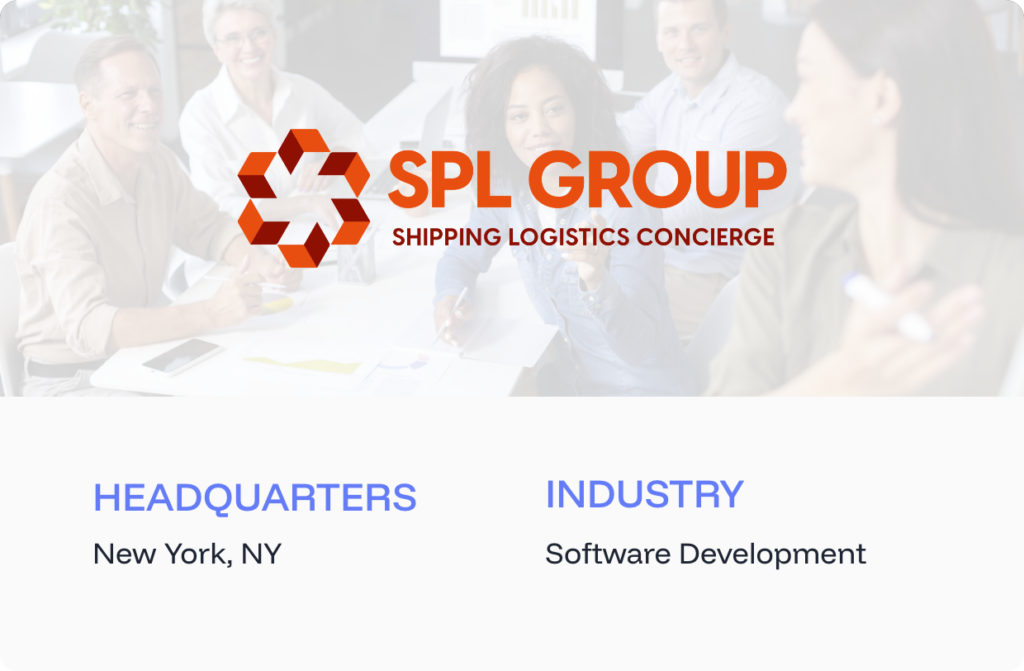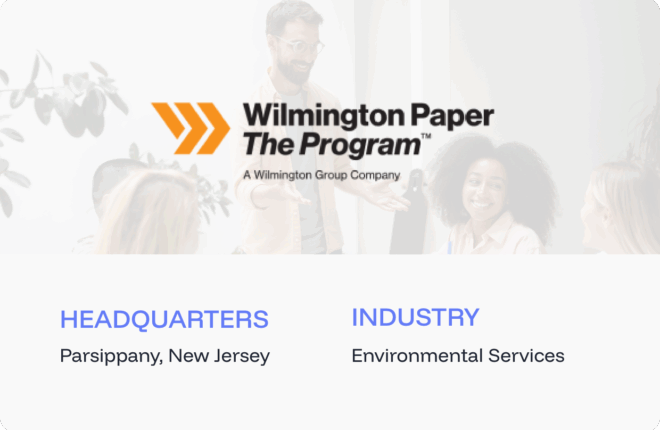Overview
You know you’re in trouble when it takes longer to find a prospect than it does to ship a package across the country.
That was the daily grind for the team at SPL Group, a fast-moving third-party logistics (3PL) provider that ironically couldn’t get its own outbound prospecting moving fast enough.
They had the shipping tech. They had the warehouse network. But finding decision-makers? That took detective-level patience and a lot of tabs open at once.
The Challenge: When Prospecting Becomes a Logistics Problem of Its Own
For a company that prides itself on streamlining logistics, the irony wasn’t lost on SPL Group.
They were trying to reach businesses using specific eCommerce and logistics technologies like Shopify, Magento, and ShipStation. However, their existing data provider gave them results that were, let’s just say, more confusing than a misplaced shipment.
Here’s what was slowing them down:
Data Accuracy Issues
SPL Group found that the contact details in their database often led to dead ends. Reps were either reaching out to outdated contacts or dialing into black holes. Every wrong number was another five minutes lost and over time, that adds up.
Ineffective Search Capabilities
Trying to filter companies by industry or need felt more like a guessing game. Imagine trying to find companies using shipping tech but only being able to filter by employee count. It’s like looking for a forklift in a toolbox.
No Technographic Filtering
Their ideal prospects used specific logistics tools, but there was no way to zero in on those tech stacks. Without this filter, SPL Group couldn’t create targeted lists. They were left casting a wide net and catching the wrong fish.





